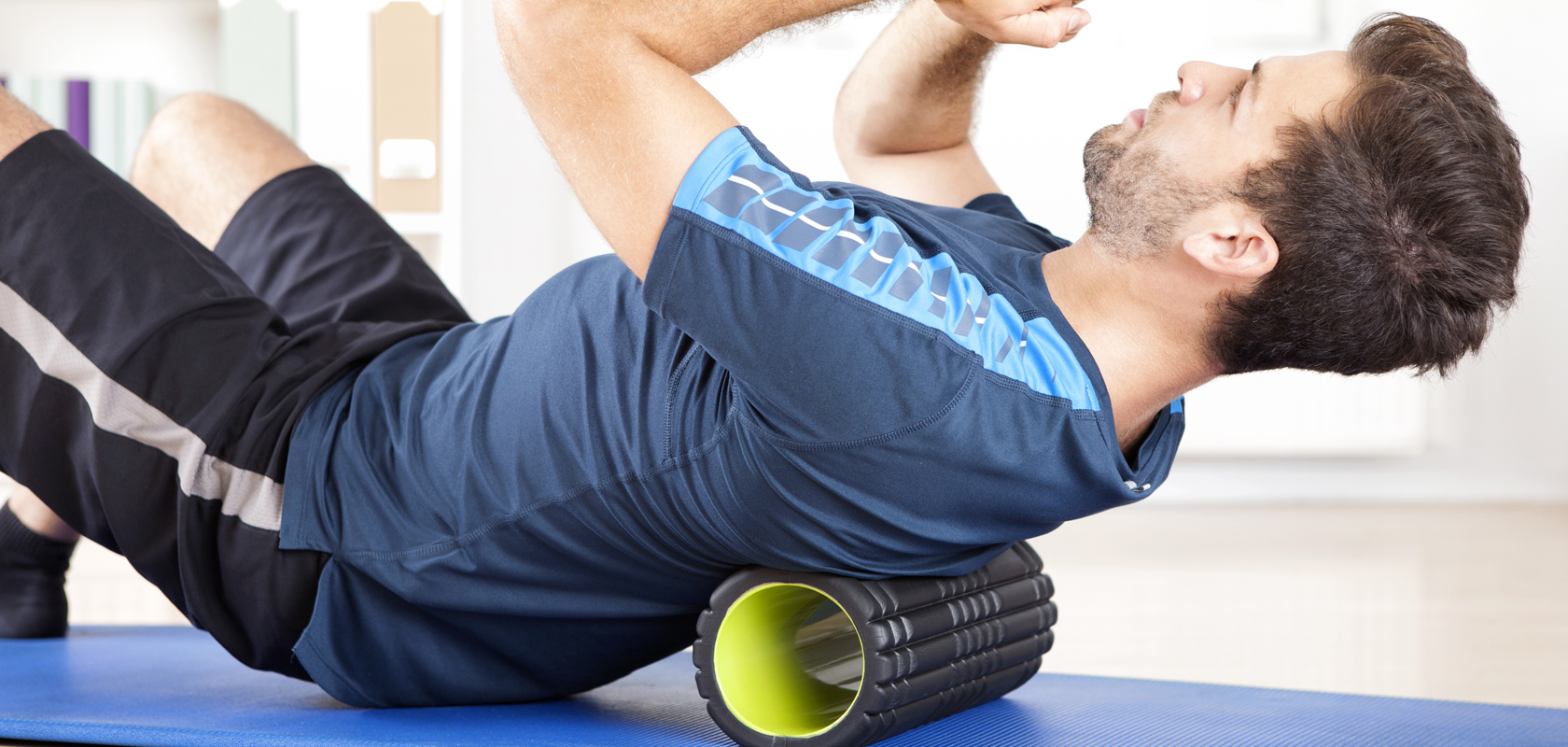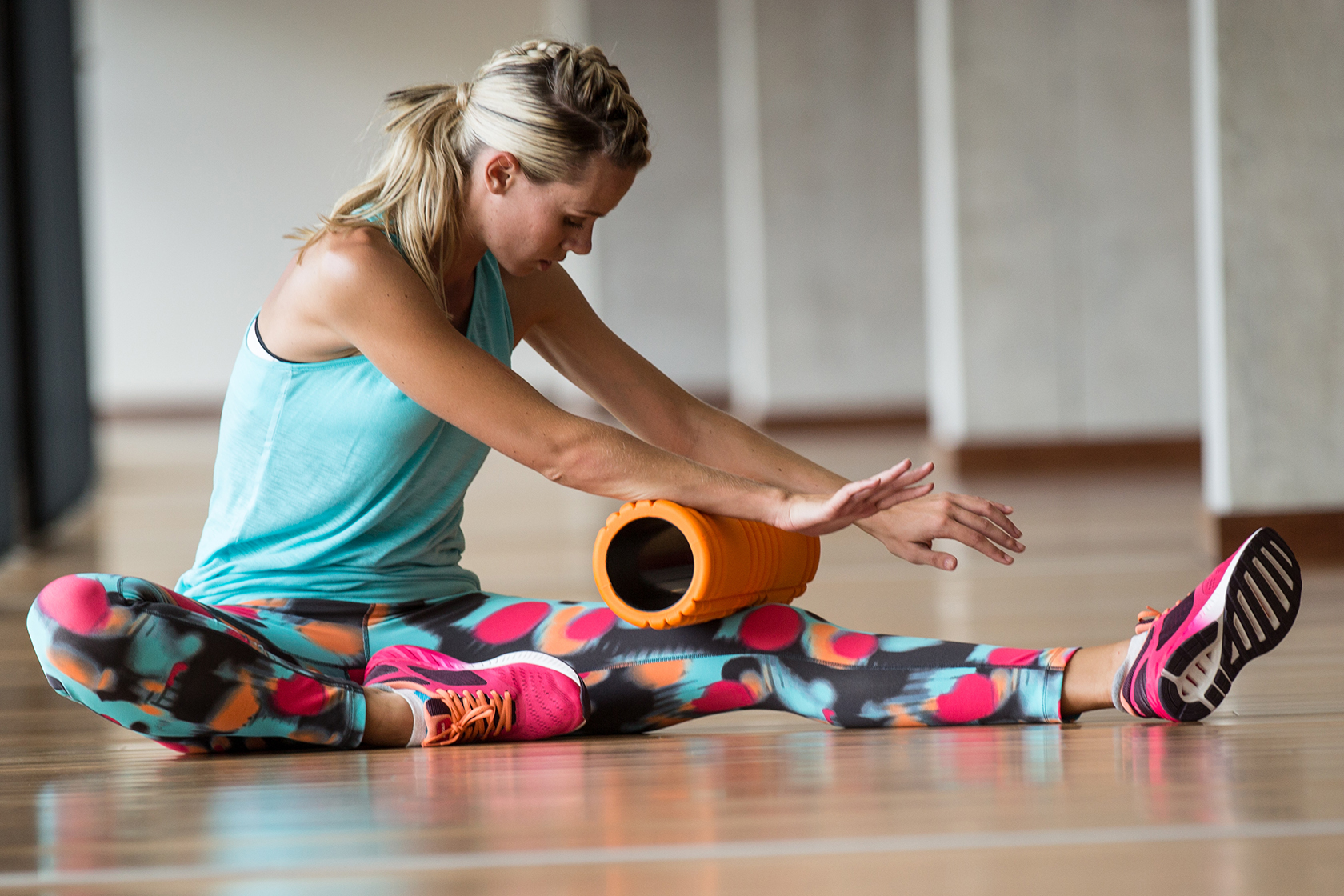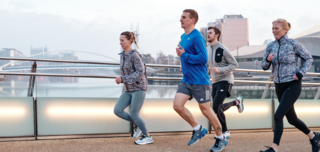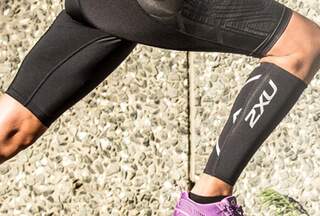Foam rolling has become a staple in fitness and recovery routines, beloved by runners, gym-goers, and anyone looking to relieve muscle tension or boost performance. But with so many foam rollers on the market—differing in size, shape, density, and features—choosing the right one can feel overwhelming. This comprehensive guide will walk you through everything you need to know to pick the best foam roller for your needs,
What Is a Foam Roller?
A foam roller is a simple yet powerful tool that looks like a cylindrical tube made of firm foam. While it might seem unassuming, its benefits for muscle health and recovery are enormous. Foam rollers come in a variety of lengths, diameters, densities, and surface textures, each designed to cater to different needs and preferences. Whether you’re a seasoned athlete, a weekend walker, or just someone who spends long hours at a desk, a foam roller can be your best friend for easing aches and keeping your body moving smoothly.
Foam rollers are most commonly used for a technique called self-myofascial release (SMR), which is essentially a form of self-massage. By rolling your muscles over the foam roller, you can help release tension, break up knots, and improve circulation. It’s like having a personal masseur at your disposal—any time you need it!
Why Should You Use a Foam Roller?
You might be wondering, “Do I really need a foam roller?” The answer is a resounding yes if you want to feel better, recover faster, and move more freely. Foam rolling isn’t just for elite athletes or gym fanatics—it’s for anyone who wants to take better care of their body.
When you use a foam roller, you’re giving your muscles a gentle massage that helps to:
- Relieve soreness and tightness → Rolling out your muscles after a workout or a long day can ease those nagging aches.
- Boost blood flow → Increased circulation means more oxygen and nutrients reach your muscles, speeding up recovery.
- Improve flexibility → Regular foam rolling can help you move more freely and reduce the risk of injury.
- Break down scar tissue → Over time, repetitive use or injury can cause adhesions in your muscles. Foam rolling helps smooth these out.
- Prevent injuries → By keeping your muscles supple and healthy, you’re less likely to suffer from strains and sprains.
Types of Foam Rollers Explained
Foam rollers aren’t one-size-fits-all. Here’s a breakdown of the main types you’ll encounter:
- Smooth Foam Rollers → These have a uniform surface and offer a gentler massage. They’re perfect for beginners or those who prefer a less intense experience.
- Textured Foam Rollers → Featuring ridges, knobs, or grid patterns, these rollers mimic the hands of a massage therapist, digging deeper into muscle knots for more targeted relief.
- Foam Massage Sticks → Shaped like a rolling pin, these are great for targeting specific areas, especially the legs and upper back. You control the pressure with your hands.
- Foam Massage Balls → Perfect for pinpointing small, hard-to-reach spots like the glutes, shoulders, or feet.
- Vibrating Foam Rollers → These high-tech rollers add vibration to the mix, offering even greater muscle stimulation and relaxation. They’re a bit pricier but can be a game-changer for serious athletes or those with stubborn tightness.
Foam Roller Density: Soft, Medium, or Firm?
The density of your foam roller is one of the most important factors to consider, as it determines both the intensity of the massage and how durable the roller will be.
- Soft (Low-Density) Rollers → These are gentle on the muscles and perfect for beginners, people with very sore or sensitive muscles, or those recovering from injury. They’re usually white and compress easily under your weight.
- Medium-Density Rollers → Offering a balance between comfort and effectiveness, these rollers are suitable for most people. They provide enough pressure to be effective without being too intense. Medium-density rollers are often blue or red.
- Firm (High-Density) Rollers → These are the go-to for experienced users or those who want a deep-tissue massage. They’re usually black and don’t compress much, delivering a more intense experience that can really dig into stubborn knots.
Surface Texture: Smooth vs. Textured Rollers
When choosing a foam roller, the surface texture is an important factor that can greatly influence your experience. Smooth foam rollers have a uniform, even surface that delivers gentle, consistent pressure across your muscles. They’re often recommended for beginners or anyone with sensitive muscles, as they provide a relaxing massage without digging too deeply.
On the other hand, textured foam rollers feature patterns such as ridges, knobs, or grids, which are designed to mimic the hands of a massage therapist. These textures allow the roller to target specific knots and areas of tension, delivering a deeper, more intense massage. Textured rollers are ideal for experienced users or those looking to address stubborn tight spots.
Ultimately, the choice between smooth and textured comes down to your comfort level and the type of muscle relief you’re seeking. If you’re unsure, trying out both types can help you find the one that best suits your needs.
Foam Roller Sizes and Shapes
Foam rollers come in a range of sizes and shapes, each with its own advantages:
Length:
- Long (36 inches) → These are the most versatile and stable, making them great for rolling out your back, quads, hamstrings, and more. They’re especially good for beginners.
- Medium (24 inches) → Handy for targeting smaller muscle groups like arms and calves, while still being long enough for most uses.
- Short (4–12 inches) → Super portable and perfect for travel or focusing on specific areas like the feet or shoulders.
Diameter:
- Standard (5–6 inches) → Comfortable for most users and easy to control.
- Small (3–4 inches) → Allows for a deeper, more targeted massage, but can be a bit intense if you’re not used to it.
How to Use a Foam Roller Safely
- Start Slow: Begin with gentle pressure and short sessions. Gradually increase the intensity as your muscles adapt.
- Target Major Muscle Groups: Focus on the quads, hamstrings, calves, IT bands, glutes, and back. These areas tend to get the tightest.
- Roll Slowly: Move at a slow, steady pace—about 2–3 cm per second. When you find a tender spot, pause and hold for 20–30 seconds.
- Avoid Joints and Bones: Only roll over muscles. Never roll directly on your knees, elbows, spine, or other bony areas.
Foam rolling is generally safe, but there are a few key tips to ensure you get the most benefit without risking injury:
Foam Rolling Before or After Exercise?
Foam rolling can play a valuable role both before and after your workout, but the benefits differ depending on when you use it. Before exercise, foam rolling helps to prepare your muscles for movement by increasing blood flow, warming up the tissues, and loosening any areas of tightness. This pre-workout routine can improve your range of motion and help reduce the risk of injury, making your workout more effective and comfortable. After exercise, foam rolling shifts focus to recovery. Rolling out your muscles post-workout can help flush out metabolic waste, reduce muscle soreness, and accelerate the healing process. It’s an excellent way to unwind, ease tension, and set yourself up for faster recovery. Whether you choose to foam roll before, after, or both, you’ll be giving your body the support it needs to perform and recover at its best.
How Long Should You Foam Roll?
The ideal duration for foam rolling depends on your goals and the areas you’re targeting, but a general guideline is to spend between one and five minutes on each muscle group. For most people, a total session lasting ten to twenty minutes is sufficient to address the major muscle groups and promote relaxation. If you’re focusing on a particularly tight area, you can pause and hold gentle pressure on that spot for up to thirty seconds, or until you feel the tension start to release. Foam rolling can be done daily, especially if you’re active or experience frequent muscle tightness. Consistency matters more than intensity—regular, mindful sessions will yield the best results over time, helping you move more freely and recover more quickly.
FAQs
A foam roller helps release muscle tightness, improve blood flow, and speed up recovery by providing self-myofascial release—a fancy way of saying self-massage.
Absolutely! Foam rolling is an effective way to support muscle recovery, prevent injuries, and improve flexibility.
Yes, daily foam rolling is safe and can be very beneficial, especially if you’re active or dealing with muscle tightness.
Aim for 1–5 minutes per muscle group, or until you feel a release in the muscle.
Foam rolling isn’t a weight loss tool, but it can aid your fitness journey by improving muscle function and recovery.
A medium-sized, soft or medium-density roller with a smooth surface is ideal when you’re just starting out.
| Both! Before exercise, it helps warm up muscles; after, it aids recovery. |
| Only if used incorrectly—avoid rolling directly on joints or using excessive pressure. |
| When it loses shape or firmness, or shows visible wear and tear. |
Related Articles







